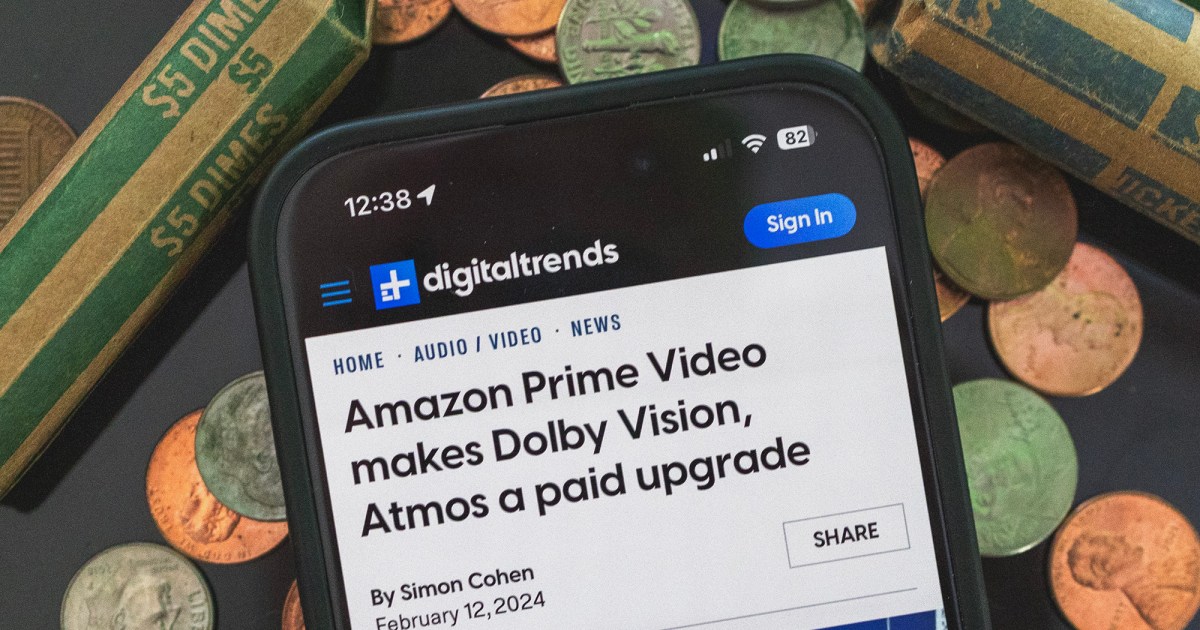
On this installment of You Requested: What’s HDR, actually? Streaming with 4K HDR 10 + versus 4K Blu-ray discs with simply HDR 10? What’s the distinction between 4:2:0, 4:2:2, and 4:4:4 shade? And why do some OLED TVs look horrible within the retailer?
Which streaming system is the very best for picture high quality

We’re going to start out with two commenters asking kind of the identical query, and there are extra like this within the You Requested inbox alongside the identical strains, I’m positive of it.
Freddy writes: I already know that high quality can change among the many totally different streaming companies, however can high quality additionally rely in your streaming system? In different phrases, can an Apple TV 4K or Nvidia Protect produce a greater image on the identical app in comparison with the cheaper Chromecast with Google TV or a Roku 4K system?
And Raphael requested: Will an Apple TV 4K present higher picture and sound high quality than the LG C1 built-in apps? I do know individuals say the ATV4k has a greater system, however the LG OS doesn’t hassle me in any respect. My predominant concern is with picture high quality. And what a few PS5?
The brief reply is that the {hardware} you might be utilizing to stream your content material — whether or not that’s the apps constructed into your TV, cheap streaming sticks, or premium streaming bins – can have an effect on the standard of your video and audio. However in lots of circumstances, it’s the platform that makes the distinction.
The Amazon Prime Video app, as an example, doesn’t output the identical high quality video throughout each platform. It’s no shock that the very best Amazon Prime Video expertise comes from an Amazon Fireplace TV system. That’s an occasion of Amazon maintaining the very best for itself, which I believe is simply impolite. Different circumstances are much less nefarious. The Max or Disney+ app could look totally different streamed on a TCL Google TV versus a Hisense Google TV versus a Sony Google TV. The apps on the Roku platform may fit otherwise than the identical apps on the LG WebOS platform or the Samsung Tizen platform. Digging into the small print of which platform has the very best variations of a given app can get tremendous messy, as you’d think about.
Then there’s the {hardware} consideration, which can be messy. I haven’t seen a lot of a distinction in video high quality between, say, the Roku Streaming Stick 4K and the Roku Extremely, except the Roku Extremely’s Ethernet connection overcame a Wi-Fi connection limitation. Nevertheless, I’ve observed that the Chromecast with Google TV is constant throughout TVs and typically finally ends up working higher than the built-in Google TV apps on some TVs. The identical goes for the Fireplace TV Stick versus the Dice on the Amazon platform. Many of the variations within the {hardware} aren’t associated to the standard of the video they ship, although. They must do with how briskly apps load and different frilly options.
As you may see, it’s a little bit of a large number if you happen to begin drilling down too deeply. And I believe most folk are going to be very pleased with a high-quality exterior streamer in the long run typically. Having that streaming system separated from the TV means they are often up to date independently and changed extra inexpensively and as wanted to remain updated. These concerns alone make getting an honest streaming stick or dongle price it. Plus, streaming sticks and dongles are moveable. You may take them with you on holidays, visits to family, enterprise journeys, and so forth. I carry a Chromecast with Google TV in my backpack for simply such causes.
However for house use, on my predominant TVs? I have a tendency to make use of Apple TV 4K bins. The Apple TV 4K is not excellent, although it nonetheless is atop our checklist of the very best streaming {hardware} you should purchase. As an example: It doesn’t assist DTS:X, proper now, which Disney+ will quickly assist. However total it’s the most steady, dependable, and constantly high-quality expertise on the market. After which there’s all of the Apple-specific stuff, if you happen to’re a heavy Apple person. I additionally just like the management that the Apple TV allows you to leverage. It allows you to just be sure you’re watching 24 frames per second content material at 24 fps as an alternative of getting 30 fps or 60 fps compelled on you – which some streaming companies and {hardware} will do to you.
I fought the Apple TV tooth and nail within the early days as a result of it was comically costly in comparison with streaming sticks — and even streaming bins from competing manufacturers. However now, in its extra fashionable model, it has turn out to be my go-to for each day use and TV testing.
As a aspect observe, sport consoles usually depart rather a lot to be desired as media streamers. Handy? Positive, if you happen to’re a gamer first and a streamer a distant second. However I’ll by no means use a sport console as a streamer for any long-term use.
Body price management
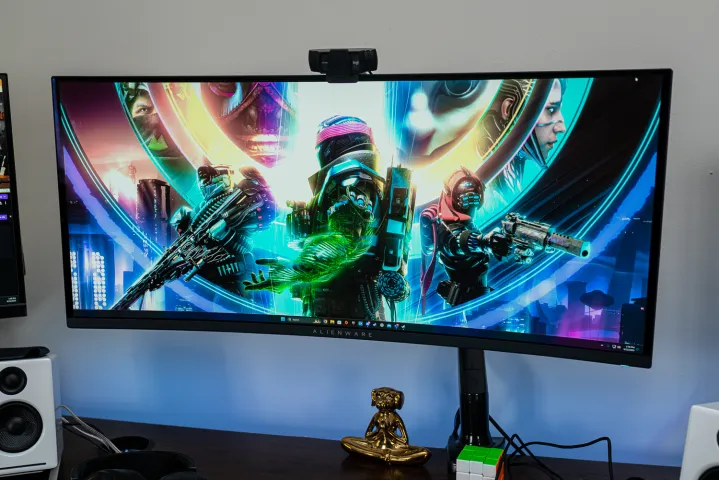
Felix from Germany says: I take advantage of an Alienware aw3423dw. I’m stunned I can use HDR even with the colour depth set to 8-bit. I all the time thought 10-bit is critical. In a earlier You Requested, you stated some panels are utilizing “body price management” to archive HDR even with the boundaries. However I additionally discovered the tech referred to as “dithering.”
Body price management — or FRC — and dithering, throughout the context of what we’re speaking about, are the identical factor.
What you’re asking is how HDR is feasible with 8-bit shade once I stated beforehand that HDR required 10-bit shade. And that’s as a result of some segments of the business have determined that expanded luminance distinction — the rise within the vary between black and white and the better variety of steps within the brightness — is sufficient to qualify as HDR. I don’t agree, and I’m not alone. There are many different business professionals and an rising variety of customers who imagine 10-bit shade needs to be half and parcel of the HDR designation. Nevertheless, because the HDR police aren’t on the market slapping the cuffs on anybody who breaks the regulation — as a result of there actually isn’t a regulation — you will notice some screens and TVs that declare to be HDR-capable, regardless that they barely pull off HDR in any significant manner.
By the best way: That Alienware QD-OLED monitor is wonderful, and you must feed it the very best HDR sign you may as a result of it deserves it. And so do you.
4K Blu-ray vs. HDR
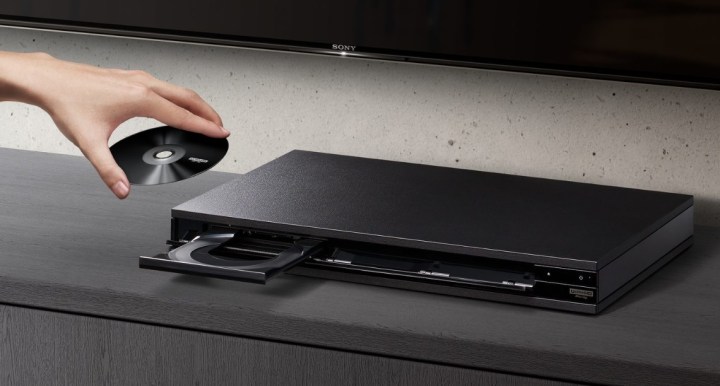
Hasher asks: I just lately purchased a Samsung S95C and was questioning what could be a greater choice for me to look at my films: films on Prime Video which are in HDR10+ and UHD versus a 4K Blu-ray that’s UHD, however simply HDR and never HDR10+? There’s no Dolby Imaginative and prescient on the TV, so is it even attainable to get a 4K Blu-ray that has HDR10+?
I’ll reply the second a part of your query: Sure, there’s a checklist of fifty+ 4K Blu-rays with HDR+ on them. Forty isn’t rather a lot, although, so there’s a superb likelihood that your determination goes to return down as to if you endure the decrease bit price of streaming in favor of dynamic HDR 10+ metadata or sacrifice HDR 10+ dynamic metadata in favor of a excessive bit price from a disc.
I actually need to do a full comparability on this. However for now, I’ll say 4K Blu-ray is my choice. I believe the upper bit price will provide a a lot cleaner look — much less shade banding, extra element, much less noise — and the HDR shall be fairly dang good, even with out the dynamic metadata. That’s the place I stand. Nevertheless, there’s no arguing that the streaming choice might be fairly a bit cheaper and nonetheless fairly freaking nice, so that might transfer the needle for you. However, if price had been no object, or if you happen to actually like proudly owning your content material, I’d purchase the Blu-ray earlier than the “digital copy” on Amazon.
Chroma subsampling
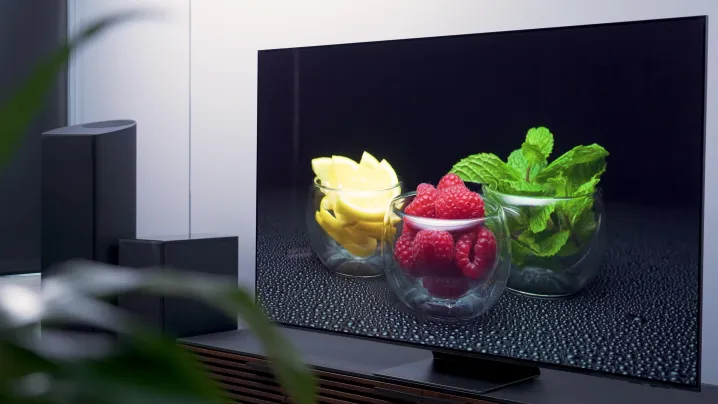
Thales asks: Are you able to clarify a little bit of the distinction between RGB, YCbCr 4:2:2, and YCbCr 4:4:4, and which one could be the very best to make use of on a desktop monitor? Additionally, do these additionally have an effect on TVs?
First, let’s discuss bit depth, after which let’s discuss Chroma subsampling as a result of the 2 are sometimes talked about in the identical breath – particularly on PCs and cameras. Shade bit depth refers back to the variety of colours that may be captured by a digicam or expressed on a show. The variety of colours is simple arithmetic. We’ve three shade primaries: pink, inexperienced, and blue. These make up RGB.
In 8-bit shade, there are 256 shades every of pink, inexperienced, and blue. Multiply 256 occasions 256 occasions 256, and also you get roughly 16.7 million colours. That looks as if rather a lot. However, then there’s a 10-bit shade, wherein there are 1,024 shades every of pink, inexperienced, and blue. Do this math, and also you get 1.07 billion colours, which is an entire lot extra. And to actually boggle your mind. In 12-bit shade, there are 4,096 shades every of pink, inexperienced, and blue, figuring out to a dizzying 68.7 billion colours.
Now, perceive that shade info — Chrominance — is large, fat-cat info. It takes numerous area or bandwidth. It takes far more than luminance, or black-and-white info. This truly works out simply high quality for us as a result of we’re far more delicate to brightness modifications (that’s distinction) than we’re to paint.
In a video sign, luminance info — the black-and-white or grayscale — is uncompressed as a result of it’s tremendous essential and solely takes up about one-third of the entire bandwidth of that video sign.
Shade being the area hog that it’s, it should be compressed. Nevertheless, if we compress nothing, we get 4:4:4 Chroma. That’s the very best, and there are only a few sources of uncompressed shade. The subsequent step down is 4:2:2, which has half the colour info however remains to be a little bit of an area hog. Then now we have 4:2:0, which is one-quarter of the colour info and nonetheless an area hog, however it’s extra manageable. See, 4:2:0 Chroma subsampling is most of what we get on TV. It’s the spec for streaming and for 4K Blu-ray Discs, and we’re all fairly pleased with it. Sport consoles can assist 4:2:2 chroma as a result of they’re principally mini-PCs. However do not forget that all that shade info takes up numerous area. So if you happen to increase as much as 4:2:2 chroma, you’ll doubtless must sacrifice elsewhere — like body price, for instance.
On a PC, it’s possible you’ll need to go for 4:2:2 or 4:4:4 if you happen to can as a result of you may see a distinction with textual content over uniform colours. However, once more, relying in your setup and your use case, pumping up the chroma subsampling could require trade-offs to different video efficiency that you simply don’t need to make.
Showroom OLEDs
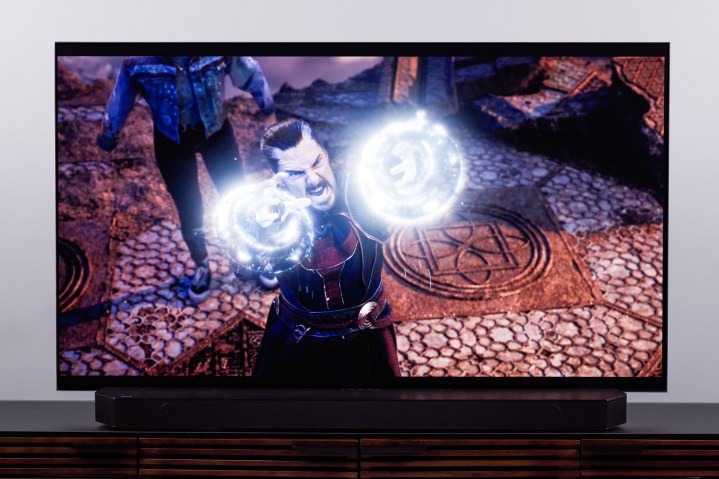
Jason Wuster writes that they’re holding on to their 12-year-old Pioneer Kuro plasma. OLED TVs look horrible within the retailer. The shows with lizards on branches or honey dripping look astounding. However after they present movies, they seem like sizzling rubbish. I used to be just lately in my native retailer they usually had been displaying Dr. Unusual and the Multiverse of Insanity on an LG C3, and it simply appeared mushy, smeary, and gross. Is that this due to poor sign high quality, or are they simply poorly calibrated in-store? If I had spent $3,00 on one and it appeared like that at house, I might have purchaser’s regret.
It’s onerous for me to know precisely what’s occurring at your native Greatest Purchase, so I can solely speculate. I suppose it’s attainable that the matrix swap they use to distribute the video sign to a number of TVs could possibly be a limiting issue. However what’s probably is that the TVs are in showroom mode, which implies they’ll principally be in Vivid mode. And with Vivid mode, which over-brightens all the things, blows out shade, and applies a really chilly shade temperature, comes movement smoothing.
My guess is that what you noticed was an excessive model of what we regularly name “cleaning soap opera impact,” which has a jarring look to anybody who’s used to a 24-frame-per-second movie cadence. Cleaning soap opera impact, the by-product of movement smoothing or movement interpolation, just isn’t the identical as watching excessive frame-rate video that was recorded at 60 fps or larger. It isn’t the identical as a result of the smoothing includes faked video — the TV is actually making up frames and inserting them. And the result’s … properly, it’s hardly ever good. It’s much less annoying when the TV simply has to double a 30-frame-per-second TV sign as a result of that job is way simpler than attempting to take 24 frames per second and mathematically make it multiply evenly to 60, 120, or 240 frames per second.
My greatest guess is that’s why you hate the look of OLED TVs on the retailer you’re visiting. You may all the time ask an affiliate to take the TV out of showroom mode and allow you to see what it appears to be like like when it’s in Filmmaker Mode or Cinema Mode — not Cinema House, although, as that leaves some movement smoothing on. Anyway, many people out right here, myself included, who moved from plasma to OLED and are happy as punch about it. Though OLED introduces some new points that Plasma didn’t have, its advantages far outweigh its faults. I made a video about Plasma vs. OLED.
Blu-ray gamers

Roderick L Sturdy writes: I’ve the Panasonic UB820, and I like it — particularly the HDR optimizer perform it has. I’m on the fence about getting the Magnetar UDP800, however I don’t know if it’s one thing that I ought to spend money on, contemplating how properly my Panasonic performs and that I don’t have any bodily audio media that the Magnetar may reap the benefits of. I would love your enter: Ought to I stick with my Panasonic or make the leap with the Magnetar?
The straightforward reply: Persist with the Panasonic. Except it’s displaying indicators of age or inflicting you another problems with concern, it’s doing precisely the job you want it to do. I might not purchase a brand new participant anticipating a noticeable improve in video constancy. Should you had numerous bodily audio media, that may be a special story. However for taking part in 4K Blu-rays, follow what you could have and what you already very a lot take pleasure in.
Supply Hyperlink : Lowongan Kerja 2023


